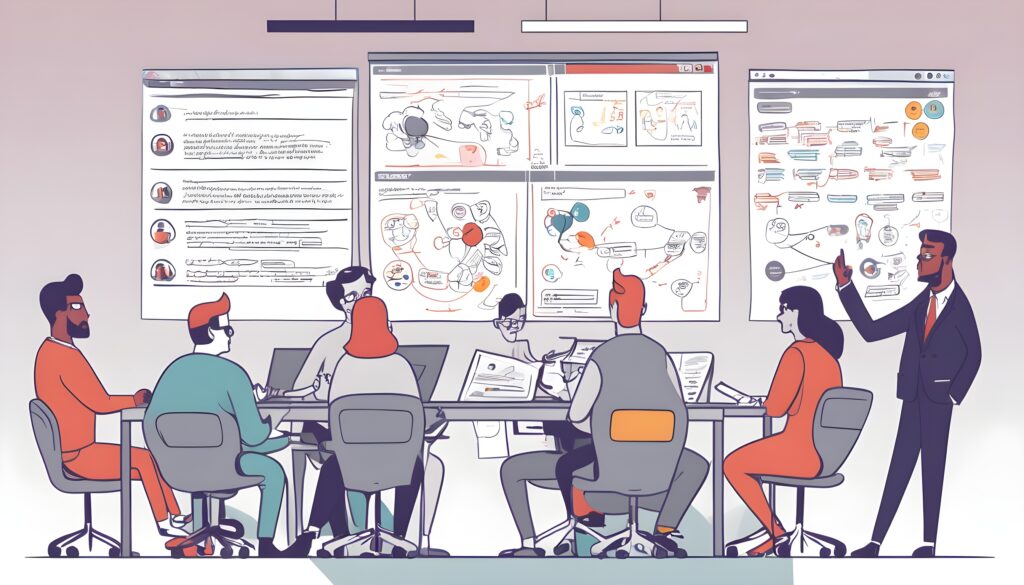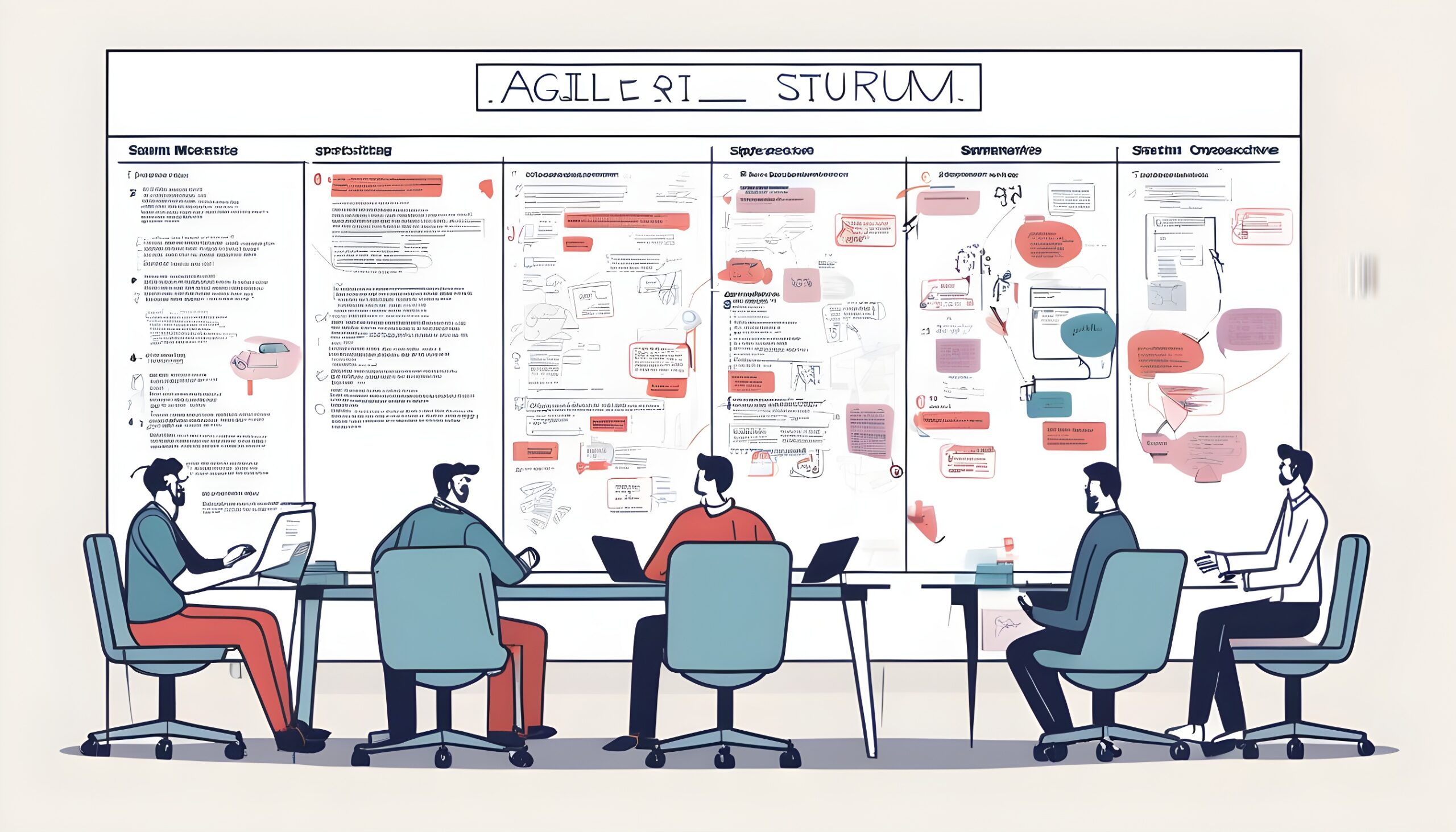
Scrum retrospectives are an essential part of the Scrum framework because they allow the team to reflect on their work and identify areas for improvement. They are typically held at the end of each sprint (a fixed time box in which specific sprint items are completed).
The purpose of a Scrum retrospective is to allow the team to:
- Reflect on their work process and identify what went well and what could be improved.
- Identify any obstacles or challenges that the team faced during the sprint and come up with ways to address them in the future.
- Encourage continuous improvement by facilitating the team to identify and implement changes that will help them work more efficiently and effectively.
- Build team cohesion by allowing team members to share their thoughts and ideas in a safe and supportive environment.
Here is a common process for conducting a sprint retrospective for an Agile team:
- Set the stage: Explain the purpose of the retrospective and the ground rules.
- Gather data: Collect data on the team’s performance during the sprint, such as metrics on velocity, defects, and other measures of productivity.
- Generate insights: Use the data to identify trends and patterns and discuss any issues or challenges that arose during the sprint.
- Determine actions: Based on the insights generated, identify actions that the team can take to improve their process in the future.
- Review actions: Review the actions identified and ensure that they are specific, measurable, achievable, relevant, and time-bound (SMART).
- Close the retrospective: Thank the team for their participation and review the key takeaways from the meeting.
It is essential to remember that the sprint retrospective is not a blame game but rather an opportunity for the team to identify areas for improvement and work together to address them. It is also essential to ensure that the team is open and honest in their feedback and that all team members have a chance to contribute.
Scrum retrospectives allow the team to continually improve their work process, identify and remove obstacles, and build a strong, cohesive team.



